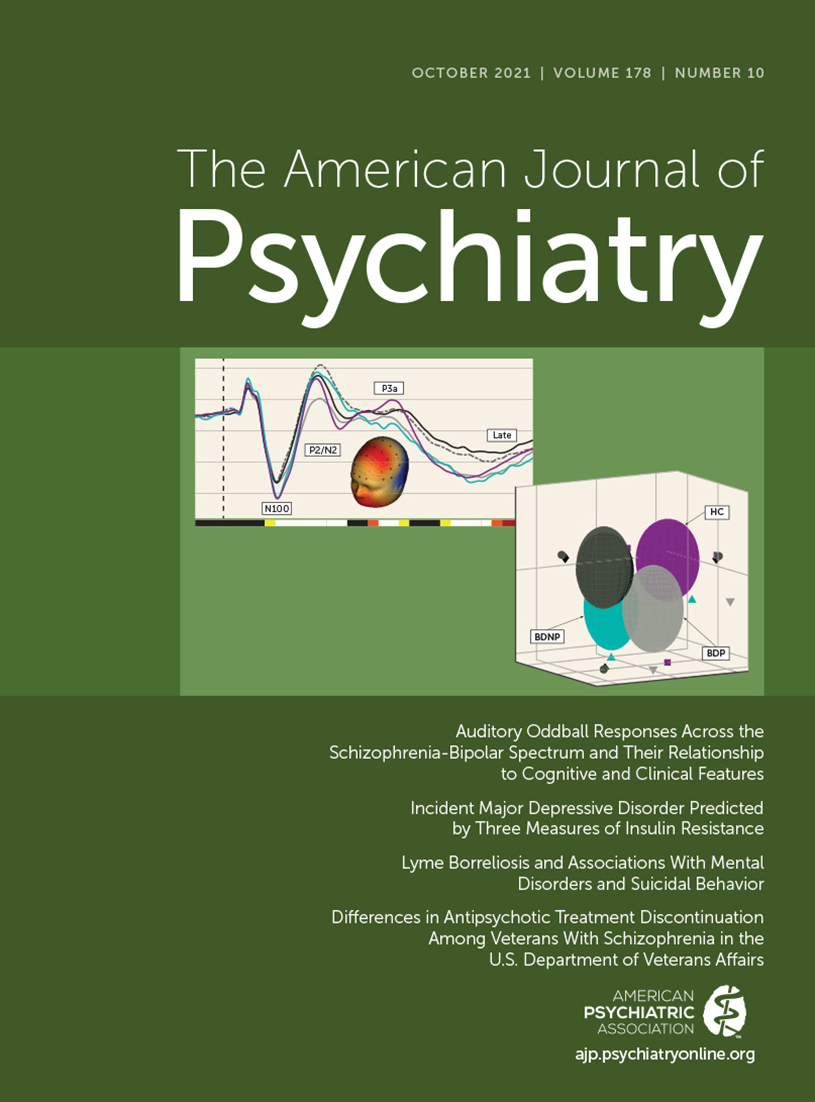Sleep Abnormalities in Schizophrenia: State of the Art and Next Steps
Abstract
Sleep disturbances are commonly observed in schizophrenia, including in chronic, early-course, and first-episode patients. This has generated considerable interest, both in clinical and research endeavors, in characterizing the relationship between disturbed sleep and schizophrenia. Sleep features can be objectively assessed with EEG recordings. Traditionally, EEG studies have focused on sleep architecture, which includes non-REM and REM sleep stages. More recently, numerous studies have investigated alterations in sleep-specific rhythms, including EEG oscillations, such as sleep spindles and slow waves, in individuals with schizophrenia compared with control subjects. In this article, the author reviews state-of-the-art evidence of disturbed sleep in schizophrenia, starting from the relationship between sleep disturbances and clinical symptoms. First, the author presents studies demonstrating abnormalities in sleep architecture and sleep-oscillatory rhythms in schizophrenia and related psychotic disorders, with an emphasis on recent work demonstrating sleep spindles and slow-wave deficits in early-course and first-episode schizophrenia. Next, the author shows how these sleep abnormalities relate to the cognitive impairments in patients diagnosed with schizophrenia and point to dysfunctions in underlying thalamocortical circuits, Ca+ channel activity, and GABA-glutamate neurotransmission. Finally, the author discusses some of the next steps needed to further establish the role of altered sleep in schizophrenia, including the need to investigate sleep abnormalities across the psychotic spectrum and to establish their relationship with circadian disturbances, which in turn will contribute to the development of novel sleep-informed treatment interventions.



